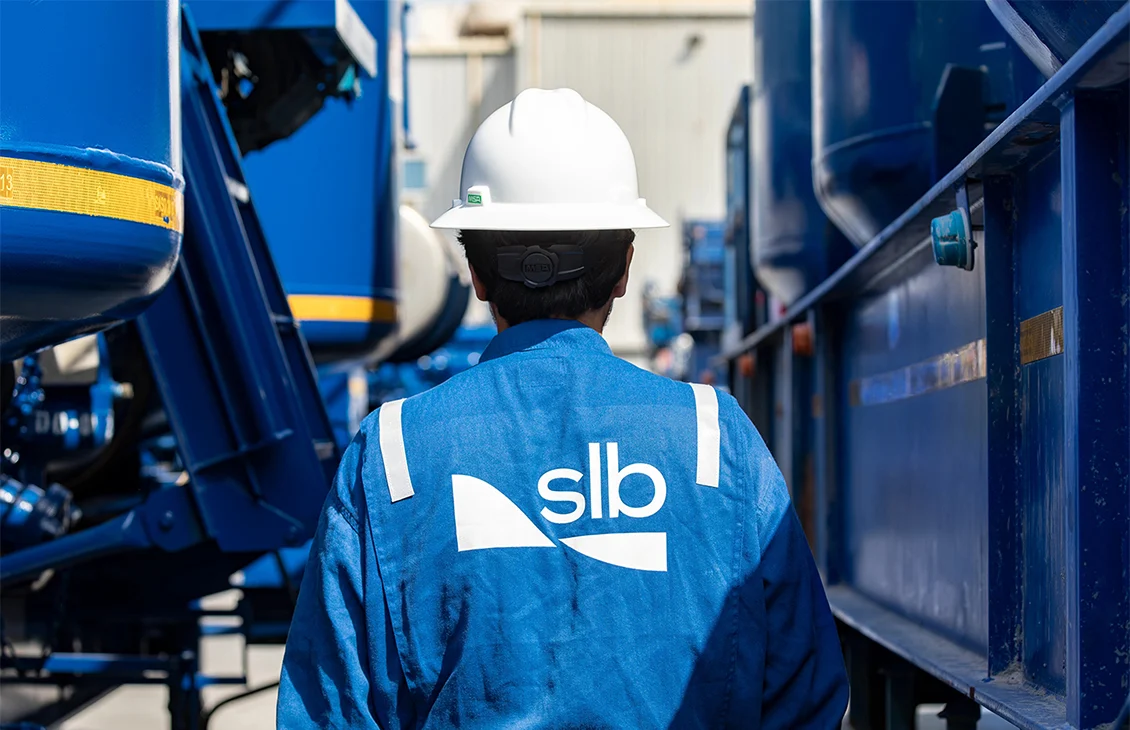Oil & Gas
BOOSTING OIL PRODUCTION WITH NEW DIGITALLY SUPPORTED TECHNOLOGY.
Irene Jerry

SLB has launched a cutting-edge, digitally enabled well completion technology known as Electris, aimed at enhancing oil production while lowering the overall cost of asset ownership. According to a press release from the Washington-based Specialized Energy Platform, Electris transforms the entire production area of a well into a real-time digital system.
This innovation provides continuous data across the reservoir, allowing operators to make smarter, faster decisions throughout the well’s lifecycle and recover reserves that traditional systems may leave behind.
By leveraging Electris, operators can dynamically respond to changing production conditions, optimizing reservoir management and reducing the need for costly well interventions. Paul Sims, Head of Production Systems at SLB, stated that the technology represents a new frontier in reservoir efficiency, especially in complex fields.
Electris completions, already deployed in over 100 installations across five countries including offshore wells in Norway have shown promising results in increasing recovery rates and boosting returns on investment.
Beyond enhanced oil output, Electris also contributes to more sustainable operations. The system enables precise identification of productive zones and limits water production, which helps reduce the energy required to manage and reinject produced water into the reservoir.
According to SLB’s May 6, 2025, update, this efficient water control has helped cut lifting energy needs, contributing to the company’s broader mission of decarbonizing industrial operations and scaling up digital energy solutions to support the global energy transition.
Despite technological advancements, SLB faced financial headwinds in early 2025, with a weaker-than-expected first quarter due to a significant decline in drilling activity, particularly in Mexico. The company joined competitors like Halliburton and Baker Hughes in warning about reduced capital spending and the impact of trade tariffs.
SLB’s CEO, Olivier Le Bosch, projected a global downturn in upstream investments compared to 2024, though noted that spending in the Middle East and Asia remains more stable. To manage cost pressures, SLB is actively restructuring supply chains and working to pass tariff-related costs on to customers, while continuing to streamline operations in line with market activity.
